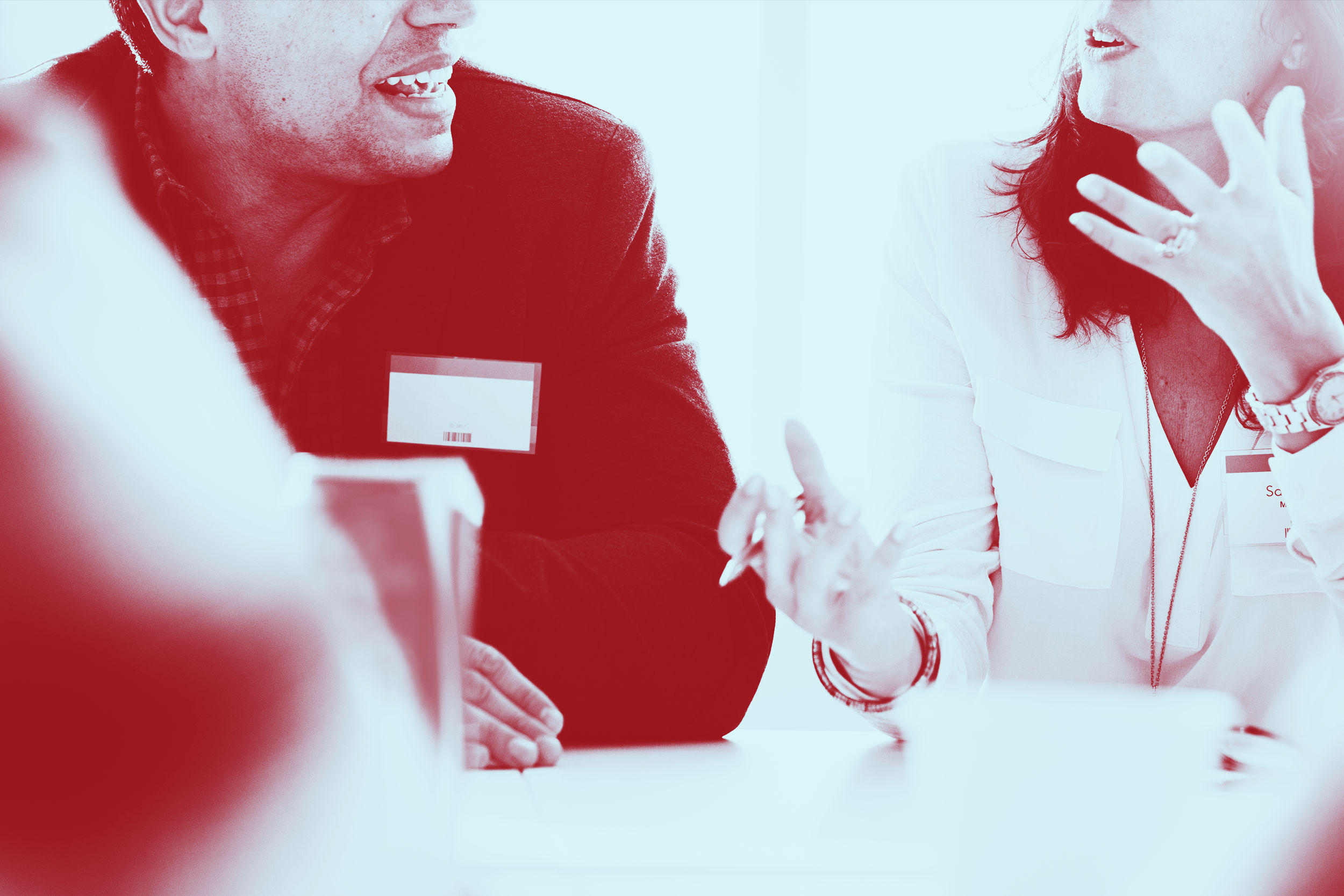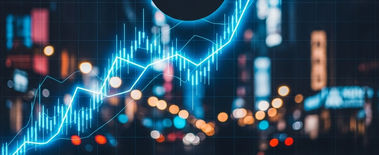The term “conflict minerals” describes natural resources, extracted in politically unstable areas. The mineral trade is used to fund and support armed conflict and often results in human right abuses such as child labor and slavery. Despite international legislation conflict minerals can still enter global markets and end up in products, such smartphones, laptops or cars. Minespider, a berlin-based startup, is trying to offer a solution for this problem using blockchain-technologies. The Interview was conducted by Valerie Rödder.
Base58: Could you tell us something about you and your project? What issues is Minespider trying to solve?
I got started with Minespider in January 2017. My previous company was also regulatory software. It was a system for tracking the regulatory status of chemicals under the EU REACH regulation. I was interested in blockchain and looking for an interesting application and conflict minerals was an issue that fit the bill. Many of my contacts who were in product stewardship departments were struggling with getting conflict minerals out of their supply chain. I spent the better part of a year exploring the problem in depth, meeting people in large organizations facing this problem, learning about blockchain in-depth.
Essentially the problem is that armed groups often fund their activities by taking over mines in at-risk areas of the world, most notably the Congo. These groups often use slavery and child labour in their operations, and the conflict they fund has resulted in millions of deaths since it began.

So what we are attempting to do with blockchain is to overcome these unintended consequences. By allowing the due diligence data that mines collect to be tokenized, it provides them with essentially a new asset they can sell. This gives them an additional revenue stream for sourcing responsibly, meaning there is a business case for compliance. This data is now able to make it all the way to the end users who can pay for it, and provides the end users with assurance of responsible upstream compliance, meaning they can stay engaged in at-risk areas.
Base58: The EU-Parliament introduced new due diligence obligations on import of conflict minerals in 2017. There are new regulations for the supply chain for Union importers of tin, tantalum and tungsten, ores, and gold originating from conflict-affected and high-risk areas. How does that affect your project?
The timing of the project is extremely helpful. Conflict mineral legislation is being put into place both to help companies have a framework to know what they need to do to be responsible economic participants, and also to protect themselves from being involved with atrocities they didn’t know they were connected with. But the fact that blockchain technology is just coming into vogue right now means that not only is there a great deal of industry attention on the issue, but that we actually have the means to address it in a cost effective and impactful manner.
The US, and now the EU both have legislation requiring companies to perform due diligence on their supplychains to make sure they are not funding conflict, however because these metals are fungible, they are very difficult to track. Moreover, the legislation has resulted in 2 unintended consequences:
- Responsible companies have attempted to stop sourcing from conflict-affected areas. This means only irresponsible actors remain, compounding the problem.
- Due diligence is expensive and the cost of certification often falls on the mines in the poorest areas, the most vulnerable stakeholders in the supply chain. They pay the costs, but get the world market price, same as everyone else. This provides a negative incentive to sell legally.
Base58: The ‘Conflict Minerals Regulations’ law will come into full force across the EU in 2021. What does the new EU regulation mean?
As with most legislation in the EU the specific rules will be drawn up between now and when it comes into force but we can expect the OECD guidelines to come into play. What is of interest is the fact that between now and then, the government will be evaluating various industry compliance schemes to determine which ones are acceptable for compliance, which means our timing is spot on to develop a blockchain framework.
Base58: Minespider is working with several partners, companies, NGOs and government institutions. Could you explain the entire process from the act of mining to the distribution and give us examples of the involved parties?
Here is a diagram from the OECD (Page 37) that shows the mineral supply chain and the associated risks. The specifics depend on the metal and the size of the mine, the biggest challenge is with Artisanal and Small Scale Mines (ASMs). These are often individuals or small co-ops who will work a deposit and sell to a consolidator or a depot. There may be a number of steps before the metal reaches a smelter to be refined. At the smelter level, often much of the due-diligence data is lost because shipments from multiple sources are mixed together to produce the end metal that is then sold to exporters, primary manufacturers and OEMs.
Until now, smelters have been the focus of all the scrutiny, and they are the ones who will require mines to collect due diligence and audit data. The trouble is that usually the downstream users of the metal only see that a smelter ticked a box saying „yes we preformed due diligence and are conflict free“ but don’t have any real data from the mine level.
The Minespider process begins with a trusted certifier visiting a mine and collecting data on the mine’s workers, estimated production amounts, location, and date of last visit. When the mine sells minerals, both parties sign off on the amount and value of the shipment using digitally signed wallets, and a certification token is created for that amount of material which is sold to the buyer of the metals. These tokens can be sold onwards to other certified buyers, so long as they are sold with an equivalent amount of material. The reason for this is because you can tag and track shipments of ore or concentrate, but at some point the container must be opened and processed, and it’s not reasonable to expect processors to have separate production lines for blockchain tracked material and non-blockchain tracked. So instead we use a mass-balance system, meaning we allow the tokens to be used for a certain mass of material. This means that customers can prove the percentage of material they get which is responsibly sourced along with which mines they sourced from, at what time, and how much was paid for the shipment. This gives metrics that can be improved on year over year.
The mass-balance system can be thought of as operating similarly to green energy on the electrical grid. If you purchase green energy tomorrow you still receive electricity mixed with coal and nuclear power from the grid, however because the amount of green energy produced is traced, you can be sure your money is going to the green energy company.
Base58: What challenges do you face?
Any company starting up in the B2B space has a number of challenges including the fact that startup timescales are an order of magnitude faster than the rest of the big industry players. But beyond these standard challenges are technological issues such as blockchain connectivity in rural Africa and governance challenges of which data collection organizations should be considered trustworthy?
Base58: You also want to implement a crypto currency, why do you think that’s necessary? Which technologies are used in the process?
To have a proper decentralized audit trail of money it is important to register the transactions on a blockchain, which does require cryptocurrency.
We are building the system on Ethereum.
Base58: What are you doing to get more attention for your project?
When I started this project I needed to make sure I had a voice in the blockchain community so I started a podcast called Analysis in Chains with a friend of mine. This helped to give me a platform to engage with others in the industry, as well as an audience that has been following along with the project. After we passed 2000 listeners per episode we launched live meetups as well in Berlin, London and San Francisco.
We applied for a number of startup contests and awards, and are grateful to have won a number of them. Of note is the Talent Unleashed Awards global prize in the Best Idea — One to Watch category, which was judged by Richard Branson and Steve Wozniak. The prize is to go to San Francisco in May and have lunch with Steve which is really amazing, especially because Steve Wozniak spoke about the power of blockchain to address conflict minerals last summer at an event in Las Vegas.
A project like Minespider resonates with people because it is at a nexus of 3 rather niche topics — social good, blockchain, and regulatory policy. This has made the topic rather interesting for people in many spheres, and so PR is our most effective awareness strategy right now. I have spoken at a number of crypto and conflict mineral events, have appeared on CNBC’s Squawk Box, and had an article written about us by Wired Germany.
We intend to hold a token sale later this year which I expect, beyond raising funds, will do a lot to engage a wider audience with this project.
Base58: What are your next steps? Where would you like to be in the next two years with Minespider?
We are still in quite an early phase. Currently we are financed by a few business angels and myself. This year will be about raising awareness, running a few pilot projects, and conducting our fundraising activities. We expect to have a market-ready MVP in early 2019 and to begin larger scale-up activities beyond that.
[Bild: Rawpixel.com/Shutterstock.com]











